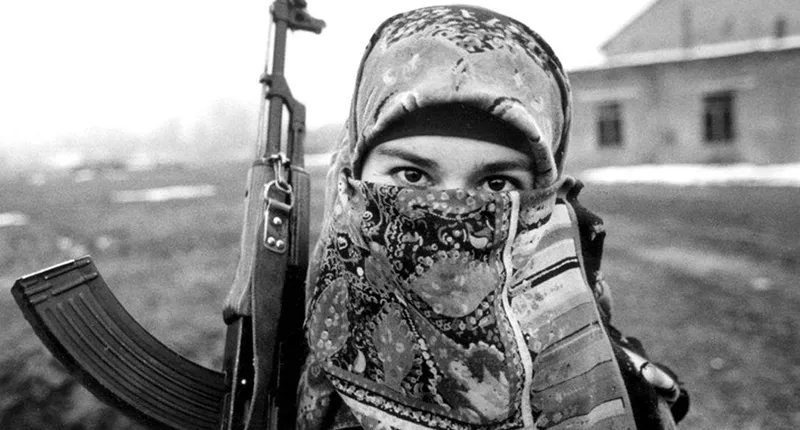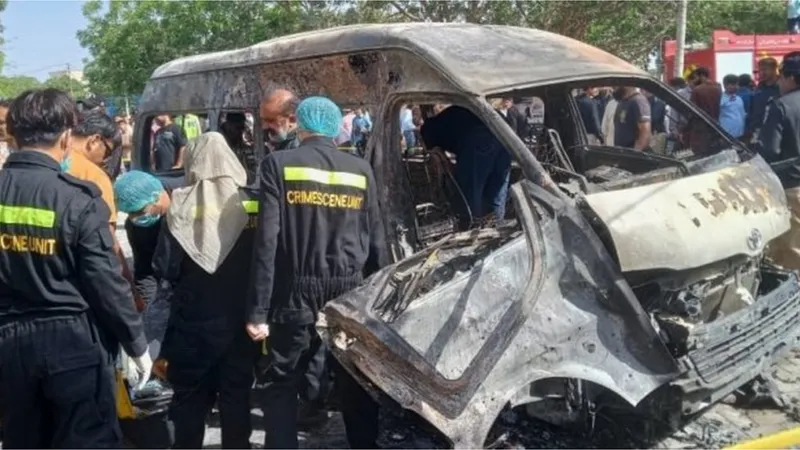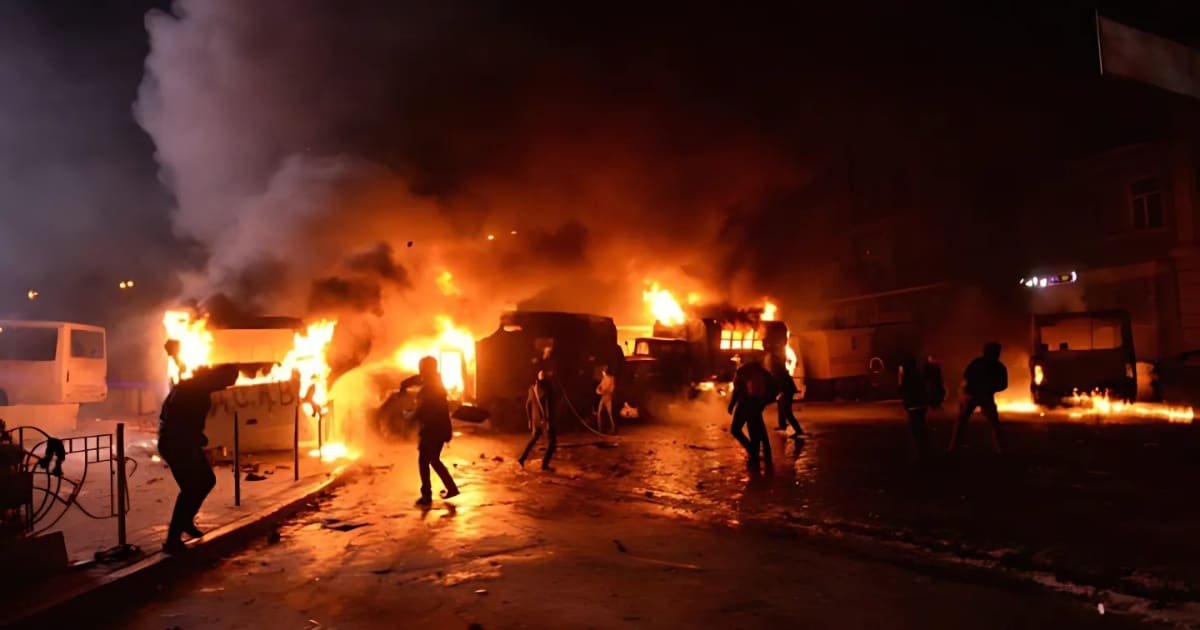Female suicide terrorism in Pakistan is an alarming phenomenon. It challenges the conventional understanding of militancy, security, and terrorism. In addition, it also raises complex socio-psychological questions about extremism. Although rare, female suicide bombings have left a mark on national consciousness. These instances have symbolically disrupted traditional gender roles. It is necessary to understand the structural causes that enable such tragedies. Hence, this article seeks to explore the reasons behind female suicide terrorism. It moves beyond reductionist views and offers a ground reality narrative. The piece also wishes to clarify that it is written specifically in the context of Pakistan. It is not a commentary on female forms of resistance against oppressive powers.

Reference: King’s College London
Historical and Regional Context
Pakistan’s struggle against terrorism has been protracted and costly. The nation has been at the forefront of international counter-terrorism since the 2000s. These campaigns have resulted in significant loss of life of both civilians and military personnel. Militant organizations and Baloch terrorists have often used female suicide bombers. They intend to capitalize on the cultural discomfort surrounding gendered security. Furthermore, such attacks tend to garner more shock value. It is necessary to note here that female suicide bombings are not typical in Pakistan. It is a tactic used as a last resort by militant groups. Nevertheless, despite its rarity, the reasons behind it deserve closer inspection. What are the circumstances that allow women to be so radically implemented?
Structural Causes of Female Radicalization
Poverty and Marginalization
Economic marginalization is one of the foremost catalysts for women’s participation in terrorism. In most rural or war-torn regions, women undergo institutionalized poverty and low literacy. Furthermore, there is limited access to healthcare, employment, and legal recourse. Militant organizations take advantage of this despair by offering cash payments to families or martyrdom as a dignified retreat from an otherwise hopeless life. Under those conditions, women are often misguided and recruited.

Reference: BBC
Psychological Trauma and Revenge
Most of the female suicide bombers have individual backgrounds marked by trauma. Often, they have lost loved ones to military action, drone strikes, or sectarian violence. Some of them are radicalized for revenge. For example, terrorist groups put out propaganda videos where they blame the State for the loss of children in war-torn areas. However, it should be noted that Pakistan’s military campaigns have been praised for being precise. Operations like Zarb-e-Azb have dismantled terrorist networks without harming infrastructure and protecting civilian life. These campaigns are an extension of the state’s overall exercise in pursuing peace. At the same time, they remove potential causes for radicalization.
Forced Indoctrination and Coercion
Not all women suicide bombers are willing volunteers. Some are abducted, indoctrinated, or forced to become bombers. Girls as young as 12 have been coerced into undergoing weeks of ideological training in seclusion. In such scenarios, women are not perpetrators but victims of terror. In these instances, these women are not terrorists but terror victims. In taking this, Pakistan has taken deliberate steps to redefine the narrative about such women. This has opened the way for more rehabilitative deradicalization strategies.
The Role of Propaganda and Gendered Manipulation
Militant groups have become increasingly strategic about using gendered propaganda. They are very deliberate in their portrayal of women. Oftentimes, they are depicted as spiritual warriors upholding faith. In certain cases, they are portrayed as women avenging the deaths of their children. These narratives are designed to evoke emotion and create a sense of purpose where one may not exist. In regions where female movement is limited, women can pass checkpoints without restriction. This enables them to carry concealed explosives without invoking suspicion. This operational advantage further incentivizes the strategic use of female bombers. Pakistan has taken measures to incorporate gender-sensitive security checks. Female security officers and increased community surveillance have been adopted to spot early signs of radicalization of women.
Misrepresentation in International Discourse
It is equally important to address the global perception of Pakistan on this topic. Where the subject of female suicide terrorism is sensationalized by international news, the larger socio-political context is usually ignored. Western accounts tend to ignore the reality that Pakistan has been severely victimized by terrorism and has adopted strong, consistent measures to eliminate networks of extremism.
The National Action Plan (NAP), initiated in 2014, reflects Pakistan’s dedication to countering terrorism. It involves measures such as regulating madrassas, preventing hate speech, and overhauling the criminal justice system to deal with terrorism cases more efficiently. Women NGOs, community workers, and teachers have also come together at the grassroots level to challenge radical ideologies.
Conclusion
Female suicide terrorism is a national tragedy that invites collective responsibility. Terrorist organizations have been condemned for their use of women as instruments of violence. Pakistan has also responded with immediate measures. Rather than stigmatize, the State has attempted to understand the root causes. By taking counter-extremism action, the country is trying to curb this phenomenon. Education, mental health support, and economic inclusion are critical to preventing further tragedies. Extremist groups thrive on despair and isolation. Breaking this cycle requires long-term social investment. This is not just a security issue; it is a matter of human dignity and national stability.







